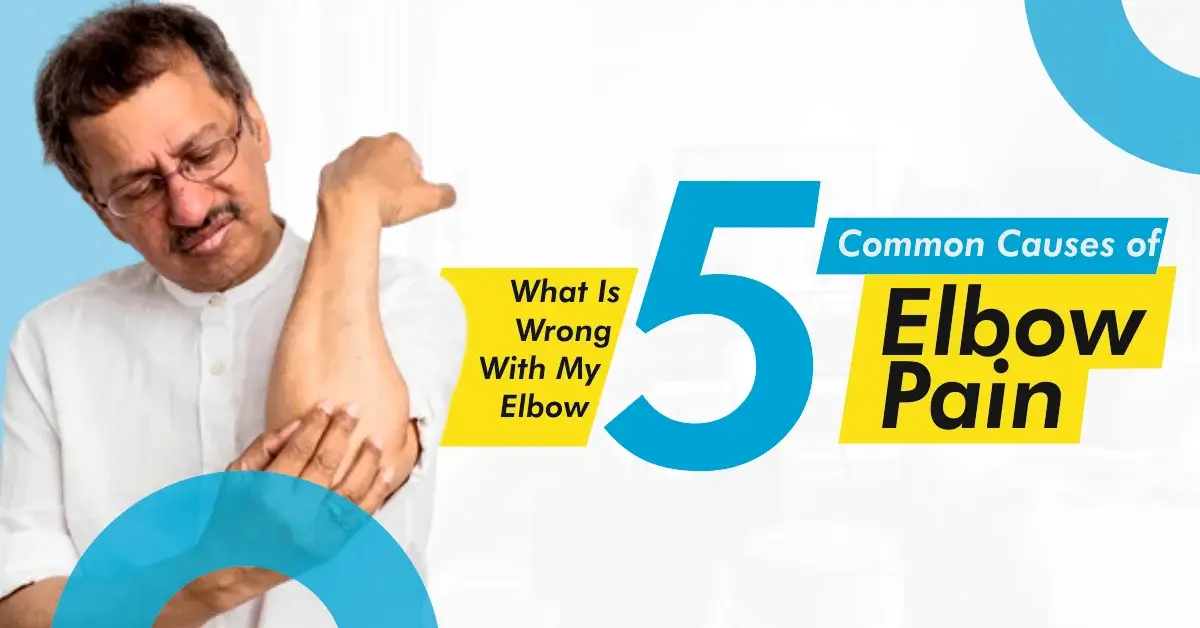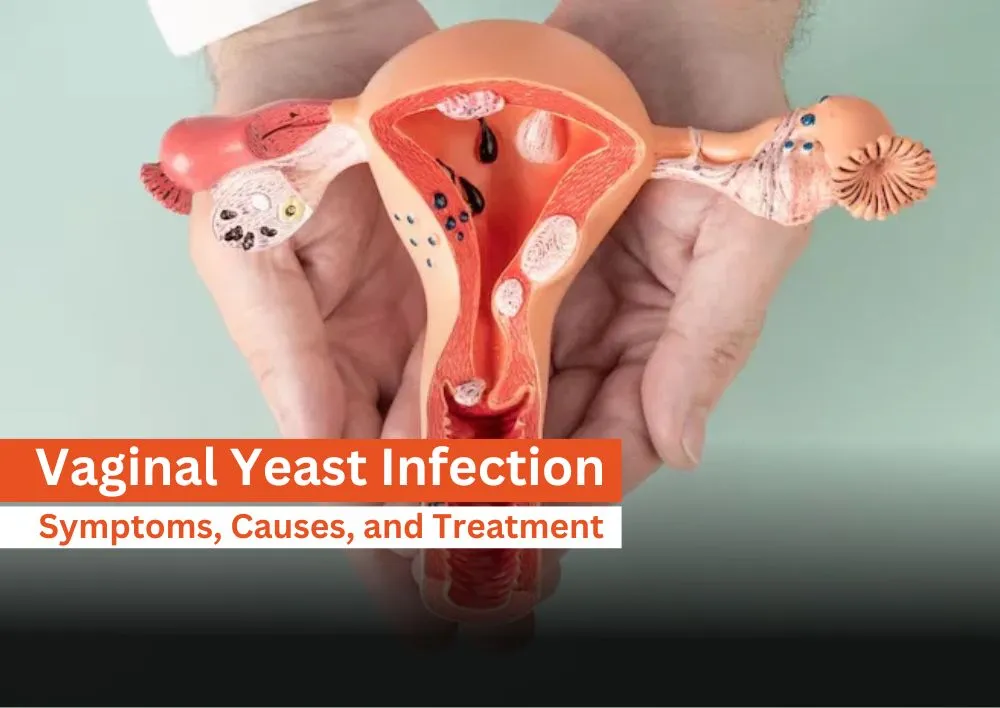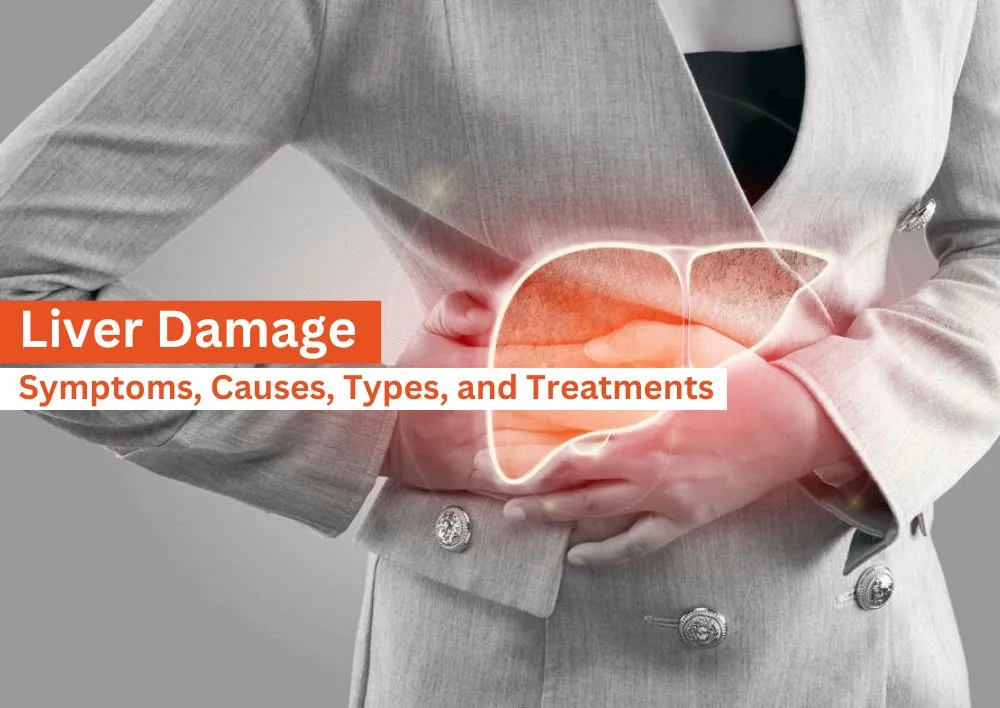What is Wrong with My Elbow?
Summary: Elbow pain is a common issue that can result from overuse, injuries, or underlying medical conditions. It can cause discomfort, stiffness, and difficulty in performing daily tasks. Conditions like tennis elbow, golfer’s elbow, arthritis, fractures, and tendonitis are among the leading causes. While mild cases can be managed with home treatments such as rest, ice therapy, and gentle stretching, persistent or severe pain may require medical intervention, including physiotherapy, medications, or even surgery. Proper diagnosis through X-rays or MRI scans helps in determining the best treatment approach.
Overview
Elbow pain can be frustrating, especially if it interferes with your daily activities like lifting, gripping, or even typing. Since the elbow is a complex joint involved in various movements, several conditions can cause pain, stiffness, or discomfort. If you are wondering, "What is wrong with my elbow?", this blog post is for you. Let's explore the causes of elbow pain, its symptoms, and the best treatment options.
What is Elbow Pain?
According to the leading orthopaedic doctor in gurgaon at Miracles Apollo Cradle/Spectra, Elbow pain refers to any discomfort, soreness, or inflammation around the elbow joint. It can result from injuries, overuse, nerve compression, or underlying medical conditions. Depending on the cause, elbow pain may be mild, moderate, or severe and can limit movement and daily activities. Some cases resolve with rest, while others require medical attention.
The elbow is a hinge joint where three bones meet:
-
Humerus (upper arm bone)
-
Radius (forearm bone, thumb side)
-
Ulna (forearm bone, little finger side)
These bones are held together by ligaments, muscles, tendons, and cartilage, ensuring smooth movement. However, any damage or overuse can lead to pain, swelling, or restricted mobility.
What Causes Elbow Pain?
5 Common Causes of Elbow Pain
1. Tennis Elbow (Lateral Epicondylitis): Also known as lateral epicondylitis, it occurs due to overuse of the forearm muscles from repetitive activities like playing tennis, using a screwdriver, or typing.
Symptoms:
-
Pain on the outer side of the elbow
-
Weak grip strength
-
Pain while lifting or gripping objects
Treatment: Rest, ice therapy, anti-inflammatory medications, physical therapy, and in severe cases, corticosteroid injections or surgery.
2. Golfer’s Elbow (Medial Epicondylitis): Also known as medial epicondylitis, this condition occurs due to repetitive wrist and arm motions, common in golf, baseball, and weightlifting.
Symptoms:
-
Pain on the inner side of the elbow
-
Weakness in the wrist
-
Stiffness in the elbow joint
Treatment: Rest, ice therapy, pain relievers, stretching exercises, and bracing.
3. Elbow Arthritis: Elbow arthritis occurs due to wear and tear of the elbow joint from aging, rheumatoid arthritis, or previous injuries.
Symptoms:
-
Pain and stiffness in the elbow
-
Swelling and decreased range of motion
-
Clicking or locking sensation
Treatment: Medications, physical therapy, lifestyle changes, and in severe cases, joint replacement surgery.
4. Fractures and Dislocations: Elbow fractures and dislocations occur due to direct trauma, falls, or sports injuries leading to bone fractures or joint dislocation.
Symptoms:
-
Severe pain and swelling
-
Visible deformity
-
Inability to move the arm
Treatment: Immobilization with a splint or cast, pain management, and surgery in severe cases.
5. Tendonitis: Tendonitis is the inflammation of tendons due to repetitive strain or sudden injury.
Symptoms:
-
Pain during movement
-
Swelling and tenderness
-
Weakness in the arm
Treatment: Rest, ice therapy, stretching exercises, anti-inflammatory drugs, and physical therapy.
Elbow Pain Diagnosis
If you experience persistent elbow pain, consult a doctor for an accurate diagnosis. Your orthopaedic doctor may recommend:
-
Physical Examination: Checking for tenderness, swelling, and range of motion of your elbow joint.
-
Elbow X-rays: To detect fractures or arthritis
-
MRI or CT Scan: To examine soft tissue injuries like tendonitis or ligament tears
-
Nerve Conduction Studies: If nerve compression is suspected.
How To Treat Elbow Joint Pain?
Elbow joint pain can range from mild discomfort to severe pain that affects daily activities. Treatment depends on the cause, but here are the most effective ways to manage and relieve elbow pain:
Elbow Pain Treatment at Home
If the pain is mild to moderate, try these home treatments:
-
Rest and Activity Modification: Avoid repetitive motions that strain the elbow. Take breaks from activities like typing, lifting, or sports.
-
Cold and Heat Therapy: Apply an ice pack for 15-20 minutes, 3-4 times a day, to reduce swelling. After 48 hours, switch to a warm compress to relax stiff muscles.
-
Compression and Elevation: Wearing an elbow brace or compression sleeve can support the joint and reduce swelling. Elevate your arm on a pillow to improve circulation.
-
Gentle Stretching and Exercises: Perform light stretches and strengthening exercises to improve flexibility and prevent stiffness.
Medical Treatment for Elbow Pain
If home remedies don’t provide relief, consider medical treatments:
-
Pain Relievers: Over-the-counter NSAIDs like ibuprofen or naproxen help reduce pain and inflammation.
-
Corticosteroid Injections: For severe inflammation, a doctor may inject steroids into the elbow joint to relieve pain.
-
Physiotherapy: A physiotherapist can recommend exercises to improve mobility and strengthen the elbow muscles.
-
Bracing or Splinting: Wearing a brace can help reduce strain on the tendons and ligaments.
Surgical Treatment for Severe Cases
If conservative treatments fail, surgery may be needed for conditions like severe arthritis, fractures, or nerve compression. Options include:
-
Arthroscopy: A minimally invasive procedure to remove damaged tissue or repair the joint.
-
Joint Replacement Surgery: In cases of severe arthritis, replacing the damaged joint can restore movement and reduce pain.
-
Nerve Decompression Surgery: If nerve compression (e.g., cubital tunnel syndrome) is causing pain, surgery may be needed to relieve pressure.
When to Consult a Doctor?
Seek medical attention if you experience:
-
Severe pain and swelling
-
Numbness or tingling in the arm or fingers
-
Difficulty moving the elbow
-
A visible deformity or lump
-
Pain that doesn’t improve with rest and home treatments
Preventing Elbow Pain
-
Warm Up Before Exercise: Stretch and strengthen your forearm muscles.
-
Use Proper Ergonomics: Adjust desk height, use wrist supports, and avoid excessive strain.
-
Take Breaks: Avoid repetitive movements for long periods.
-
Wear Protective Gear: Use elbow pads during sports or high-impact activities.
Conclusion:
Elbow pain can arise from various causes, ranging from mild overuse injuries to severe conditions like arthritis or fractures. Identifying the underlying cause is important for effective treatment. If your elbow pain persists or worsens, consult an ortho doctor near you at Miracles Healthcare for a proper diagnosis and treatment plan.





_in_Pregnancy.webp)






Was the information useful?
0 0